#ancient trackways
Explore tagged Tumblr posts
Text


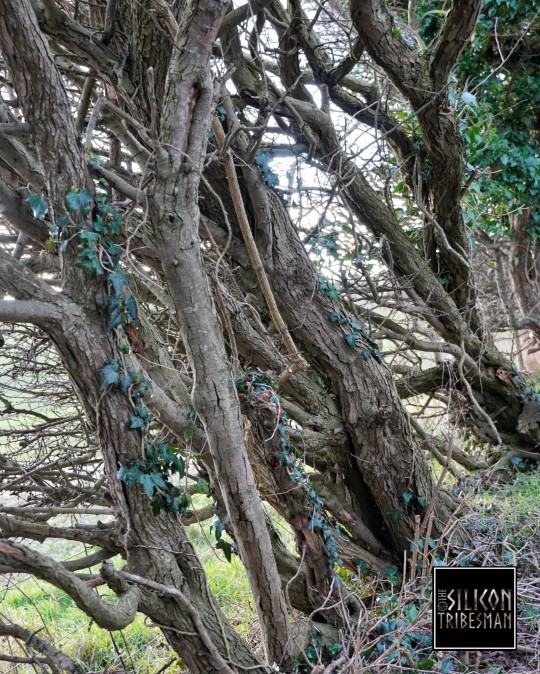
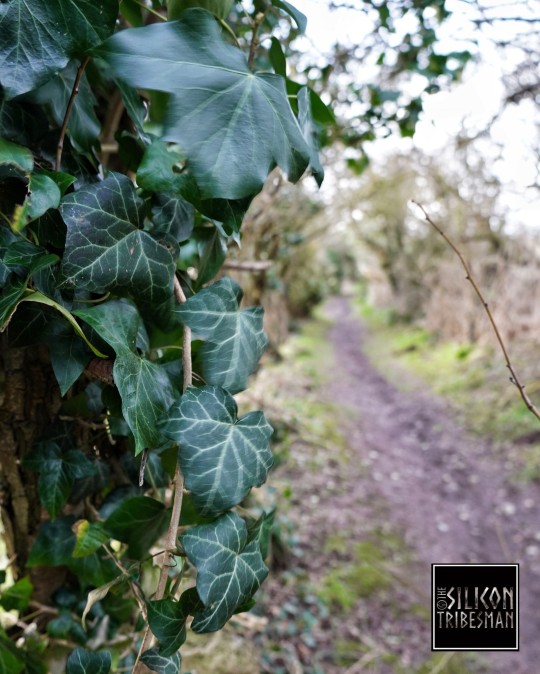
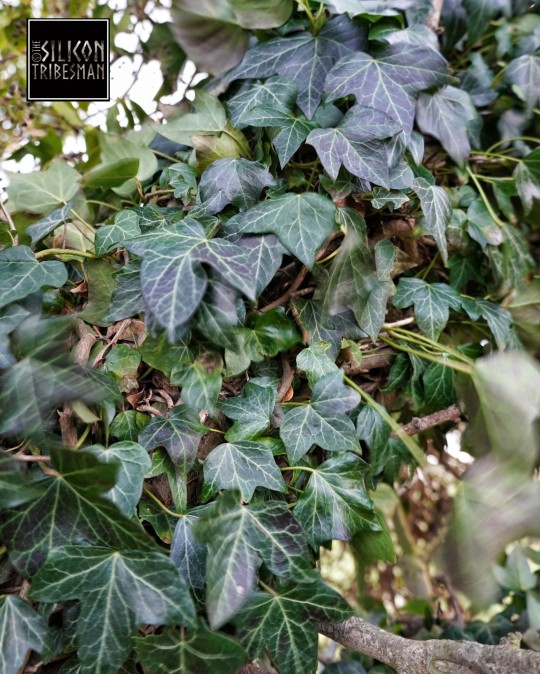
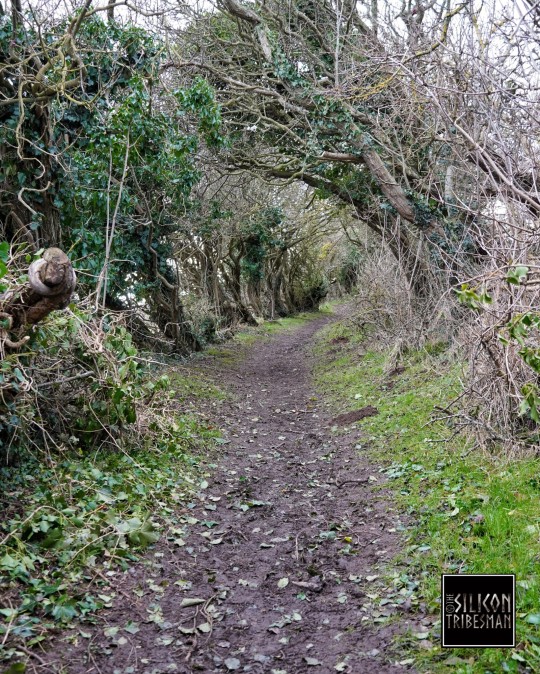
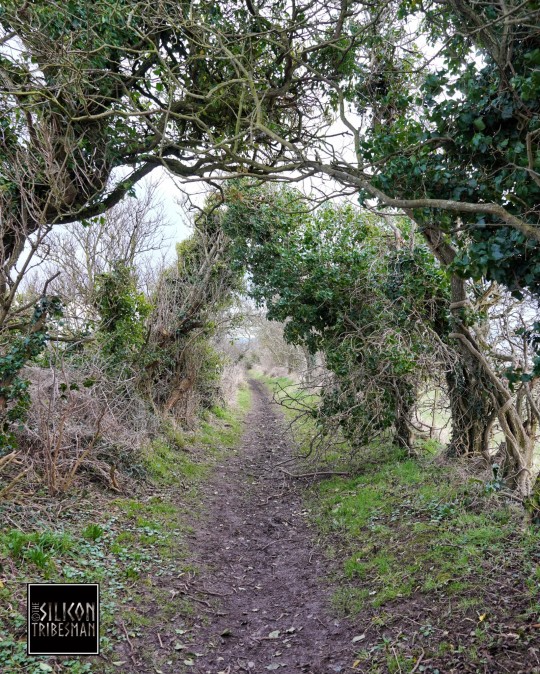
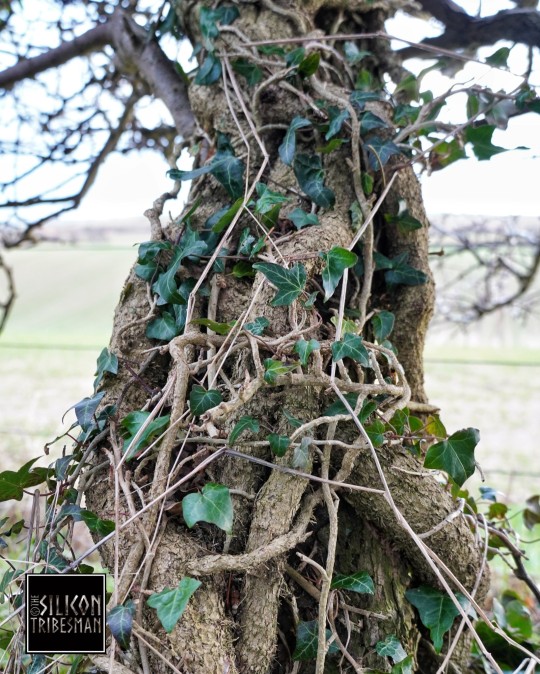
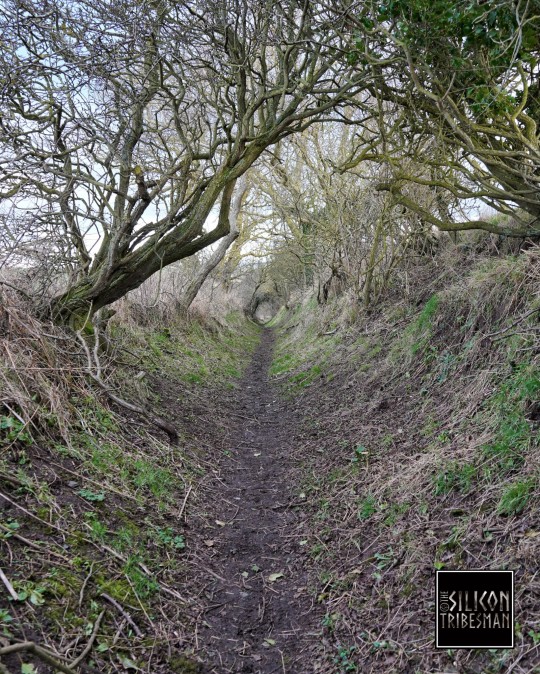
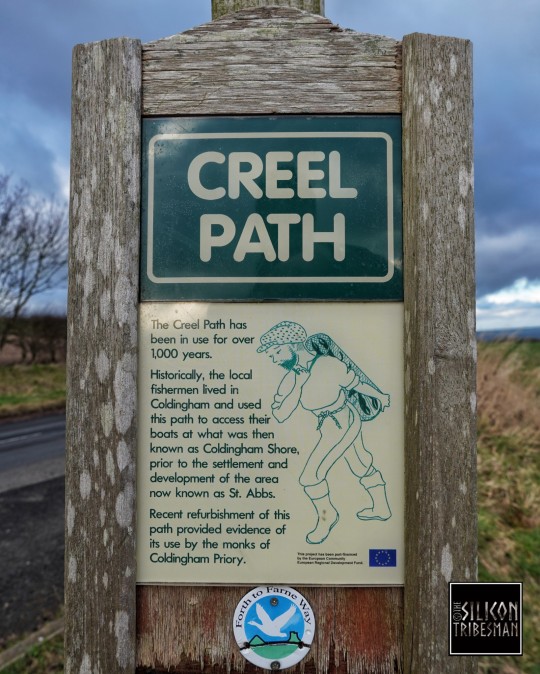
'The Creel Path' Ancient Holloway, nr. Coldingham, Scottish Borders
#routeway#holloway#landscape#routes#ancient routes#outdoors#wild places#ancient trackways#tracks#trees#ancient cultures#archaeology#paths#scottish borders#creel path
162 notes
·
View notes
Text
the uffington horse is incredible, partly also because of its position in an ancient landscape!
it's very close to uffington castle, which is not a castle, it's a bronze age hill fort, possibly made by the same people who made the horse, at a time when the use of horses was really just starting in britain.
just below the horse is dragon hill, an artificially flattened hillock (likely iron age), which legend states is where saint george slew the dragon.
passing by uffington castle is the ridgeway, an ancient long-distance trackway that crosses england's southern chalk downs, from east to west, on an upland route that avoided what would have been areas of undrained marsh on the flats. the ridgeway also takes in avebury stone circle, which is the largest stone circle in the world (big enough to have a village in the middle of it) and part of a vast complex of ancient monuments. parts of the ridgeway are believed to be 5000 years old, and it continued to be used by the romans and then by medieval (and post-medieval) drovers, people who drove livestock long distances on foot to reach markets. it's now a national trail.
just a few miles from uffington, along the ridgeway, is wayland's smithy, actually an early neolithic chambered long barrow, said in legend to have been the forge of wayland, a germanic smith-god.
im having feelings about the uffington white horse again
#sorry i just have a lot of feelings about these places too#trackways where people have walked for 5000 years!#ancient burial chambers that story turned into a smith-god's forge!#chalk horses and mythological dragons!#if you ever have to make the choice skip stonehenge and go here#it's one of the most atmospheric and magical places i've ever been#but also be aware that the view of the horse pictured above is only possible from the air#you can only see bits at a time from the ground#which is frankly even more amazing because they made it without being able to see it
254K notes
·
View notes
Text

Sandstone carving beside Hell Lane ancient trackway. Dorset, UK. September.
Photographer: Mike Read
0 notes
Text
90,000-year-old human footprints found on a Moroccan beach are some of the oldest and best preserved in the world
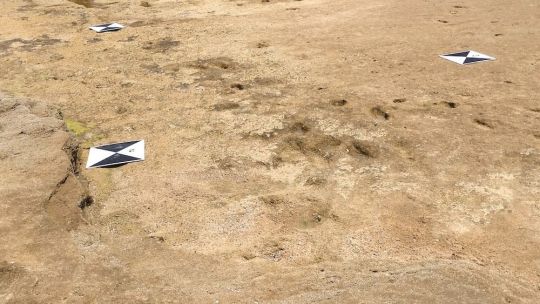
Two trails of ancient human footprints pressed into a beach in Morocco form one of the largest and best-preserved trackways in the world.
Researchers happened upon the footprint site near the northern tip of North Africa in 2022 while studying boulders at a nearby pocket beach, according to a study published Jan. 23 in the journal Scientific Reports.
"Between tides, I said to my team that we should go north to explore another beach," study lead author Mouncef Sedrati, an associate professor of coastal dynamics and geomorphology at the University of Southern Brittany in France, told Live Science. "We were surprised to find the first print. At first, we weren't convinced it was a footprint, but then we found more of the trackway." Read more.
521 notes
·
View notes
Text

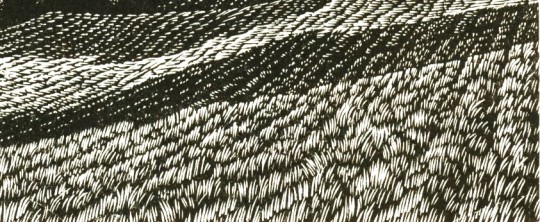
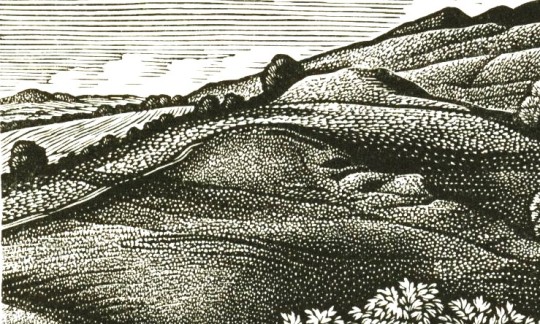
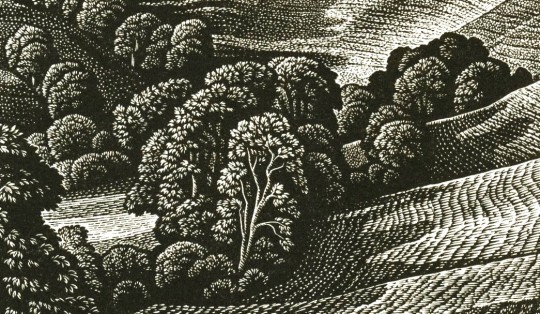
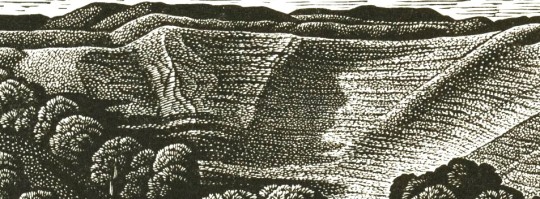
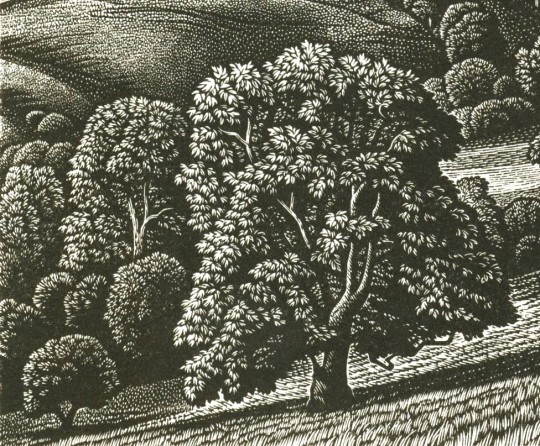
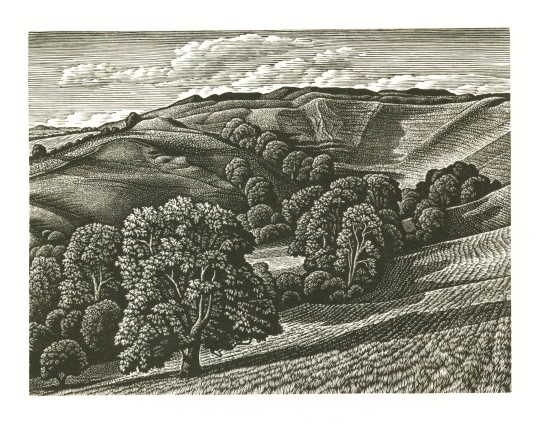
Wood Engraving Wednesday
HOWARD PHIPPS
This wood engraving of Eggardon Hill in Dorset, England by British artist Howard Phipps (b. 1954) was produced in 2019 for the publication 2020 Vision: Nineteen Wood Engravers, One Collector, and the Artists Who Inspired Them, printed in 2020 by Patrick Randle’s Nomad Letterpress at the Whittington Press in Cheltenham, Gloucestershire, in an edition of 340 copies for the 100th anniversary of the Society of Wood Engravers. In the book, Phipps identifies Edgar Degas, John Nash, and Eric Ravilious as strong influences. Phipps himself started off as a painter in the 1970s, making only occasional prints. His development as an engraver coincided with the revival of the Society of Wood Engravers in the 1980s. About this print, he writes:
I was interested in the ancient signs of humanity apparent in this landscape, and I like to use light to reveal the underlying sculpture of the striking hill forms, where chalk trackways draw the eye into or around deep combes.
Phipps was born in Colwyn Bay, North Wales and was raised in Cheltenham, England. He studied Fine Art at Gloucestershire College of Art in the early 1970s and taught in Plymouth for a while before settling in Salisbury in 1980. He was elected Royal West of England Academy (RWA) Academician in 1979 and a member of the Society of Wood Engravers in 1985.
View other posts with work by Howard Phipps.
View other posts from 2020 Vision.
View more posts with wood engravings!
#Wood Engraving Wednesday#wood engravings#wood engravers#Howard Phipps#Eggardon Hill#2020 Vision#Nomad Press#Whittington Press#Patrick Randle#Society of Wood Engravers#letterpress printing#fine press books#artistic influennces
125 notes
·
View notes
Text


Patreon request for Magno/rome.and.stuff - Ichthyovenator laosensis!
Icthyovenator is a Spinosaurid from the Early Cretaceous of Laos. Known only from fragmentary material, it seems to be unique among Spinosaurids for the strange divot in its spine. (In this depiction, I’ve also added another small divot further up the back; however, we don’t have that much of the spine, so this is purely speculative.) This strange sail could have been used for display or species recognition. Like other spinosaurines, Icthyovenator was likely adapted for a semi-aquatic lifestyle, hunting aquatic prey like fish, amphibians, and small dinosaurs. Like Spinosaurus, it had unusually tall vertebral spines on its tail which likely aided in swimming.
While it certainly wasn’t snacking on sauropods (except possibly via scavenging), it lived alongside large ones like Tangvayosaurus. Trackways in the Grès Supérieurs Formation belong to sauropods, iguanodontians, and neoceratopsians, though fish and turtles make up the majority of this ancient habitat.
~~~~~~~~~~~~~
This was a nice warmup for Archovember, and it’s also good to have another Spinosaurid under my belt. I should redraw Baryonyx and give it a size chart. Maybe someday I’ll have enough to make a full spinosaurid comparison chart. 🤔
Btw, the request tier for Patreon starts at only $5 a month. 😉 Link is pinned at the top of my blog.
#Ichthyovenator laosensis#Ichthyovenator#Spinosaur#spinosaurid#theropods#dinosaurs#archosaurs#SaritaDrawsPalaeo#saurischians
103 notes
·
View notes
Text
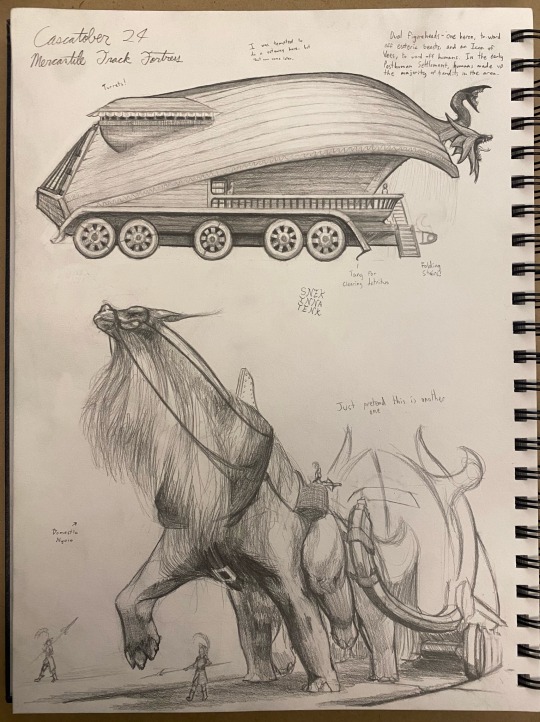
Even in the present day, maintaining the cultivated regions in which settled civilizations thrive is no simple matter. It was and continues to be a sad reality that the thin, brittle edges of nations are oft snapped away and chewed up by the peripheral wilderness. Beasts, demons, reflected, pests, or simple harships of the frontier can all cause a settlement and its surrounding areas to be lost. So, how does one keep the bubble from collapsing?
Logistics. Ancient Cuplanders were masters of robust systems of overland delivery- out of necessity- and that tradition has persisted into the modern day. Rebuilding and resettlement is a constant enough need for dedicated infrastructure, that which can persist in the wilderness and facilitate its reclamation.
Many ancient Cuplands cultures solved this with heavy granite trackways, grooved slabs arranged in lines stretching hundreds of miles; vast networks spanning like spiderwebs from urban centers that persist to this day. Long, costly, and labor intensive, these wonders of antiquity were of vital significance to our forebears. For on these, one could employ the backbone and spearhead of resettlement in the ancient Cuplands- the track fortress.
Rolling strongholds akin to galleons on land, track fortresses contain ample berthing for settlers and escorts, as well as spacious cargo holds for the provisions and supplies needed to rapidly clear and resettle an area. This was often done with multiple fortresses, stopping for months at a time and providing shelter to hundreds of people while a defensible village was built up around the trackway. Alternatively, track fortresses made excellent transports for large or sensitive cargo in the interior. Even today, few bandits would dream of assaulting a fully equipped mercantile track fortress.
Track fortresses are largely unique to the Cuplands, enabled by Cuplanders' inheritance of the domestic Nyoro- great beasts of incredible burden. The size and strength of these draconids give them resilience comparable to the track fortresses themselves, a must in wilds harboring formidable predators.
While gradually being replaced by the Arterial Steelway, one can still see track fortresses in use in less developed regions. Many roads still exist in areas claimed by Primordial Wilderness; following them is a sure way to find ruins and stories untouched by the canny eye for centuries, or more.
The track fortress pictured above is of Kunoese make, and the Icon of Vees suggests it is around 850 years old. Early in the Posthuman settlement, many of the few remaining humans turned to banditry to survive. The Icon, then, was a potent psychological repellent against what was then a common problem.
-From The Cuplands in Brief by Dallios Goarde, Page 86
#artists on tumblr#art#artwork#doodle#drawing#my art#traditional art#illustration#cascade#worldbuilding#cascatober#fantasy#concept art#creature design
19 notes
·
View notes
Link
#38famousarchitecturalsites#becker-hagensplanetary#becker-hagensplanetarygridmap#famousarchitecturalsites#famousarchitecturalsitesandstructures#famousarchitecturalwonders#globalleylinesgridmap#historicallandmarks#Icosahedron#leylinesgridmap#planetarygrid#planetarygridmap#sacredsites#secretofhistoricallandmarks#secretsofthesacredsites#sitesandstructures#thebecker-hagensplanetarygridmap
2 notes
·
View notes
Text
Ancient Irish Royal Taboos
“The ancient kings of Ireland, as well as the kings of the four provinces of Leinster, Munster, Connaught, and Ulster, were subject to certain quaint prohibitions or taboos, on the due observance of which the prosperity of the people and the country, as well as their own, was supposed to depend.
Thus, for example, the sun might not rise on the king of Ireland in his bed at Tara, the old capital of Erin; he was forbidden to alight on Wednesday at Magh Breagh, to traverse Magh Cuillinn after sunset, to incite his horse at Fan-Chomair, to go in a ship upon the water the Monday after Bealltaine (May day), and to leave the track of his army upon Ath Maighne the Tuesday after All-Hallows.

Hill of Tara in County Meath, Leinster, Ireland.
(Source: Deichtine, CC BY-SA 4.0 https://creativecommons.org/licenses/by-sa/4.0, via Wikimedia Commons)
The king of Leinster might not go round Tuath Laighean left-hand-wise on Wednesday, nor sleep between the Dothair (Dodder) and the Duibhlinn with his head inclining to one side, nor encamp for nine days on the plains of Cualann, nor travel the road of Duibhlinn on Monday, nor ride a dirty black-heeled horse across Magh Maistean.

Mount Tonelagee and the Glendasan River, which flows through the Wicklow Mountains in Leinster.
(Source: Joe King, CC BY-SA 3.0 https://creativecommons.org/licenses/by-sa/3.0, via Wikimedia Commons)
The king of Munster was prohibited from enjoying the feast of Loch Lein from one Monday to another; from banqueting by night in the beginning of harvest before Geim at Leitreacha; from encamping for nine days upon the Siuir; and from holding a border meeting at Gabhran.

A castle in Munster, Gortmakellis, Tipperary.
(Source: Mike Searle / Castles of Munster: Gortmakellis, Tipperary (2))
The king of Connaught might not conclude a treaty respecting his ancient palace of Cruachan after making peace on All-Hallows Day, nor go in a speckled garment on a grey speckled steed to the heath of Dal Chais, nor repair to an assembly of women at Seaghais, nor sit in autumn on the sepulchral mounds of the wife of Maine, nor contend in running with the rider of a grey one-eyed horse at Ath Gallta between two posts.
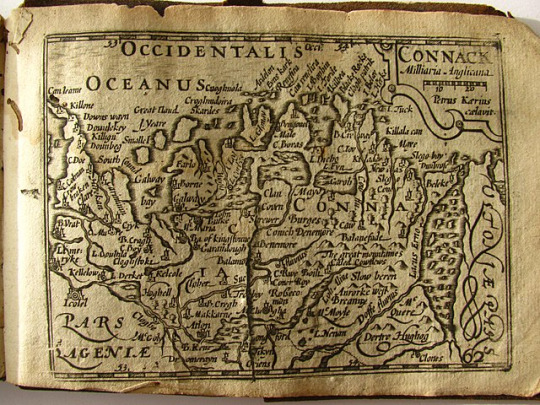
Map of Connaught, by John Speed (1627).
(Source: John Speed, Public domain, via Wikimedia Commons)
The king of Ulster was forbidden to attend the horse fair at Rath Line among the youths of Dal Araidhe, to listen to the fluttering of the flocks of birds of Linn Saileach after sunset, to celebrate the feast of the bull of Daire-mic-Daire, to go into Magh Cobha in the month of March, and to drink of the water of Bo Neimhidh between two darknesses.
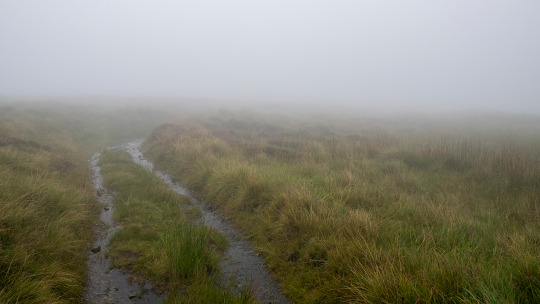
The foggy trackway of Slieve Gallion in Ulster.
(Source: Track, Slieve Gallion by Rossographer, CC BY-SA 2.0 https://creativecommons.org/licenses/by-sa/2.0, via Wikimedia Commons)
If the kings of Ireland strictly observed these and many other customs, which were enjoined by immemorial usage, it was believed that they would never meet with mischance or misfortune, and would live for ninety years without experiencing the decay of old age; that no epidemic or mortality would occur during their reigns; and that the seasons would be favourable and the earth yield its fruit in abundance; whereas, if they set the ancient usages at naught, the country would be visited with plague, famine, and bad weather."
—J. G. Frazer, Taboo & the Perils of the Soul (The Golden Bough, vol. III, 1914, pp. 11-12).

The Stone of Destiny, atop the Hill of Tara.
(Source: Ianfhunter, CC BY 4.0 https://creativecommons.org/licenses/by/4.0, via Wikimedia Commons)
#ireland#ancient ireland#tabu#Leinster#Munster#Connaught#Ulster#Tara#Hill of Tara#stone of destiny#Beltane#all hallows#samhain#may day#jg frazer#the golden bough#the golden bough vol iii
3 notes
·
View notes
Text
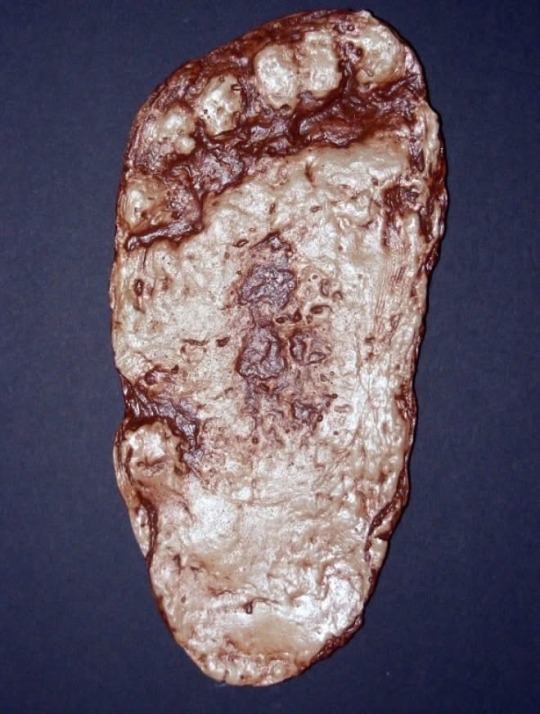
In the dusty plains of northern Tanzania, a snapshot of prehistoric life was miraculously frozen in time—etched not on stone or bone, but in a trail of footprints preserved in volcanic ash. Known as the Laetoli Footprints, this trackway is one of the most extraordinary discoveries in paleoanthropology, capturing the moment two—possibly three—ancient hominins walked side by side nearly 3.7 million years ago. Preserved by the eruption of a nearby volcano and later buried beneath layers of sediment, these prints offer the earliest direct evidence of upright walking by early human ancestors.
Unearthed in 1978 by Mary Leakey and her team, the Laetoli site sent shockwaves through the scientific world. These footprints belonged to *Australopithecus afarensis*, the same species as the famous "Lucy" fossil. What makes them so astonishing is their striking similarity to our own: a deep heel impression, an arch, and aligned toes—clear signs of bipedal locomotion. This moment captured in ash shows that our ancestors were walking upright millions of years before the emergence of *Homo sapiens*.
Beyond their anatomical implications, the Laetoli Footprints whisper a quiet story about life in deep time. The stride, size, and spacing suggest an adult and a juvenile moving together—perhaps a parent and child on a routine journey, unaware that each step would become a time capsule of humanity's origins. It’s humbling to think that what began as a simple walk across soft ash would eventually redefine our understanding of when—and how—our ancestors first stood tall and walked the Earth.
#history#archaeology#tanzania#laetoli footprints#abt. 3.7 million years ago#walking upright#adult and juvenile
2 notes
·
View notes
Text
Heritage News of the Week
So! Much! Stuff!
Discoveries!
More than 100 Paleolithic cave paintings and engravings have been identified by archaeologists at the Cova Dones site on the eastern Iberian Coast in Spain. Thought to be more than 24,000 years old, the cave may be the most important site of its kind that has been found in the area.
Debate settled? Oldest human footprints in North America really are 23,000 years old, study finds
Paleo-human footprints dotting White Sands National Park in New Mexico are 23,000 to 21,000 years old, making them the oldest known fossilized trackways left by people in North America, a new study finds. However, not everyone agrees with the results.
(fight! fight! fight!)
Decorated stela found in the 3,000-year-old funerary complex of Las Capellanías
Archaeologists have uncovered a decorated stela in the complex of Las Capellanías, located in Cañaveral de León, Spain.
Dartmoor dig finds paved surface at Piles Hill stone row
Archaeologists have discovered a paved surface under a double stone row that dates back thousands of years.
1,400-year-old gold figures depicting Norse gods unearthed at former pagan temple
Archaeologists have discovered 35 miniature gold-foil depictions of Norse gods tucked inside the remnants of a pagan temple in Norway.
Archaeologists discovered a lost ancient temple of legend In Mexico
For generations, legends have circulated in the Mexican city of Atlixco about a long-lost temple, or teocalli, that was built by the Indigenous peoples in the area long before the arrival of Europeans in the 1500s...Now, archaeologists have discovered vestiges of this rumored teocalli, validating the suspicions of many Atlixquenses.
A new discovery just upended what we know about Stonehenge's mysterious origin
A new discovery has upended the accepted backstory of a central feature of Stonehenge, raising more questions about the mysterious origin of this iconic Neolithic site, reports a new study.
Jelling Stone analysis reveals runestone carver's name and identifies a powerful Viking queen
Denmark's famous Jelling Stone — which bears the earliest mention of the modern name of the country — is revealing new clues about its creator, a millennium after it was carved. New research suggests the stone, erected around A.D. 965, also shows the immense power of a Viking queen.
9,500-year-old baskets and 6,200-year-old shoes discovered in Spanish bat cave
A collection of baskets and sandals found inside a bat cave in Granada, in southern Spain, were likely crafted by Mesolithic hunter-gatherer societies and are considered some of the oldest artifacts of their kind found in southern Europe, a new study finds.
New monumental statues discovered at Göbeklitepe and Karahantepe
According to a press announcement by the Turkish Ministry of Culture and Tourism, archaeologists excavating at Göbeklitepe and Karahantepe have uncovered several new monumental statues and architectural elements.
Burials
Archaeologists excavating an ancient necropolis in northeastern France have discovered an unlooted, unopened Roman-era sarcophagus dating to the second century A.D. The tomb likely holds the remains of an elite woman, archaeologists said.
Archaeological analysis identifies oldest evidence of cannibalism as a funerary practice
Leading researchers at the Natural History Museum (NHM) have found evidence to suggest that cannibalism was a customary funerary practice in Europe during the Magdalenian period. The study, published in Quaternary Science Reviews, analysed remains uncovered across Europe dating to the late Upper Palaeolithic (~15,000 years ago) and found those groups who practiced funerary cannibalism carried similar genetic ancestry.
Battered Roman-era skull with signs of violent trauma and a possible brain tumor unearthed in Spain
Archaeologists in Spain have unearthed a battered Roman-era skull that bears scars of violent trauma and may harbor signs of a brain tumor. However, not everyone is convinced that this battle-scarred man had a tumor, with one expert telling Live Science the findings are ambiguous.
Repatriation
The Nisga'a Nation has finally brought its family history home, almost 100 years after a totem pole was stolen and sold to Scotland's National Museum.
Metropolitan Museum returns two sculptures to Nepal
The Metropolitan Museum of Art has returned two centuries-old sculptures to Nepal after information provided to the museum by Nepalese authorities made clear they should be repatriated.
Heritage at risk
Archaeologists, historians and divers are trying to digitally capture more than 1,000 shipwrecks at the bottom of the Great Lakes before they become unrecognizable after a combination of invasive mussels and climate change have accelerated their deterioration at an alarming rate.
Azerbaijan’s takeover of Nagorno-Karabakh raises fears about the fate of Armenian heritage sites in the region
Azerbaijan seized control of Nagorno-Karabakh in a lightning offensive on 21 September that sent tens of thousands of Armenian residents of the mountainous enclave that they call Artsakh fleeing to safety, precipitating a humanitarian crisis and dire predictions about the region’s cultural heritage.
Human remains
After updating its policies on the handling and display of human remains, the University of Pennsylvania’s Penn Museum will no longer put exposed remains on view. Wrapped mummified bodies enclosed in a vessel, however, may still appear in exhibitions at the Philadelphia museum, where they will be displayed with warning signs.
'Stoneman Willie' mummy to be laid to rest after 128 years at Penn. funeral home
The people of Reading, Penn., are finally bidding farewell to a beloved mummy who's been on display at a local funeral home for more than a century. The previously unidentified man — whose body was preserved in an embalming experiment 128 years ago — has been on display at Auman's Funeral Home since he died in prison in 1895.
Tulsa's third excavation of Oaklawn concludes, over 50 unmarked graves found
Tulsa’s third excavation at Oaklawn Cemetery for 1921 Race Massacre victims has wrapped up./State archeologist Dr. Kary Stackelbeck and forensic anthropologist Dr. Phoebe Stubblefield updated the media on Friday detailing what their teams have found. “We have uncovered and delineated and mapped in 59 additional graves, all but two of which were previously unmarked,” Stackelbeck said.
And then there's this asshole

#there was so much good stuff this week#well not the last one#archaeology#museums#history#heritage news of the week
29 notes
·
View notes
Text

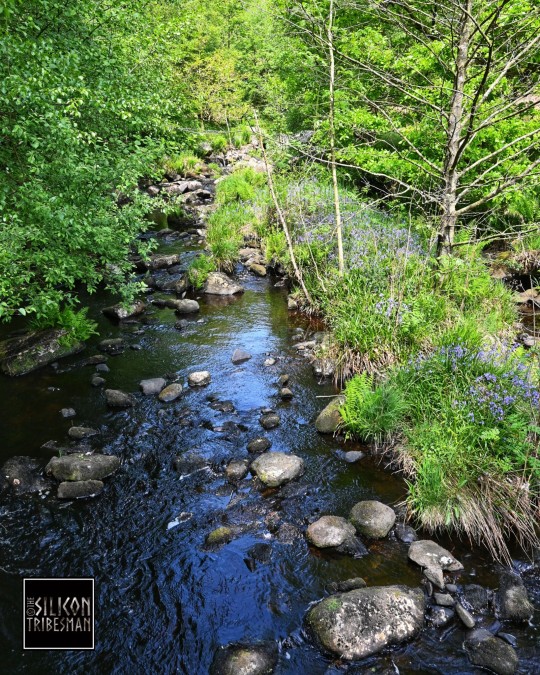
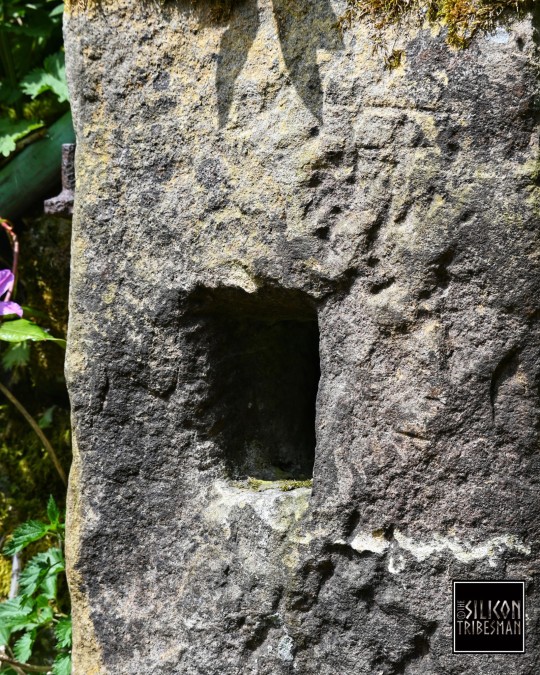
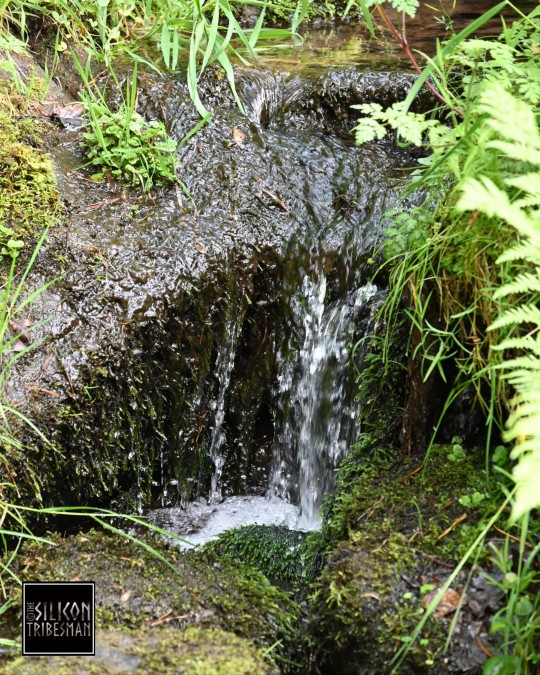
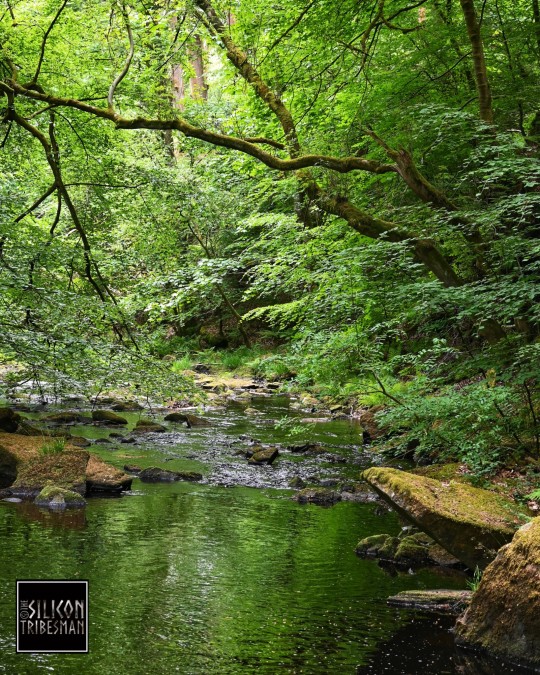
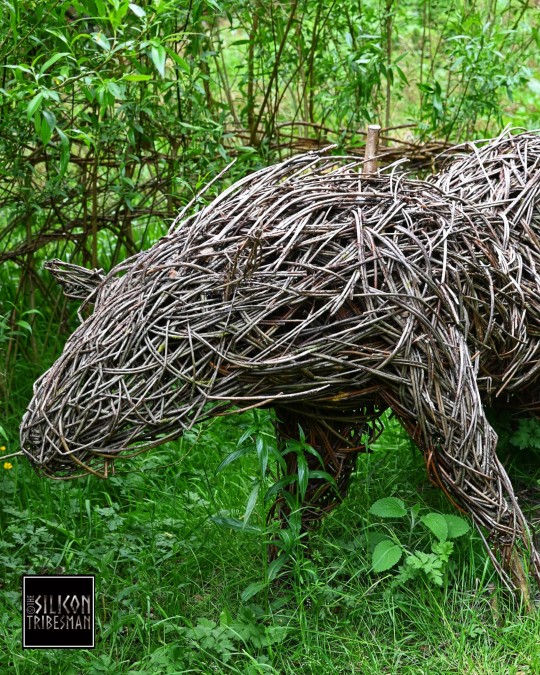
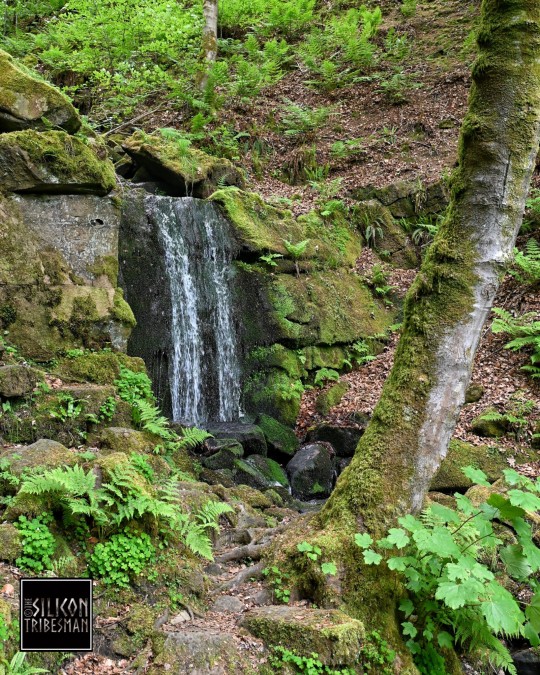
The Ancient Routeways of Hardcastle Crags, Calderdale
#Hardcastle Crags#Yorkshire#outdoors#ancient trackways#ancient living#ancient landscape#archaeology#geology#nature#natural#trees and forests#trees#leaves#waterfalls#routes#valley#seasons
104 notes
·
View notes
Text
The Diolkos was a paved trackway near Corinth in Ancient Greece which was used to transport boats across the Isthmus of Corinth. Instead of circumnavigating around the Peloponnese peninsula, ancient Corinthian ships were quickly transported across the Isthmus. The Diolkos had two main uses. The first was the transfer of supplies and goods. In times of war it also became a preferred means of speeding up naval campaigns. Approximately 3 1/2 to 5 1/2 miles in length, it is certainly can be argued that it is the predecessor to the modern railway. Transportation across the Isthmus lasted from approximately 600 BC to 150 years after the birth of Christ.
7 notes
·
View notes
Text
𝐇𝐚𝐥𝐥𝐨𝐰𝐞𝐞𝐧 𝐦𝐨𝐧𝐬𝐭𝐞𝐫𝐬 𝐚𝐧𝐝 𝐦𝐨𝐫𝐞 𝟐𝟎𝟐𝟑
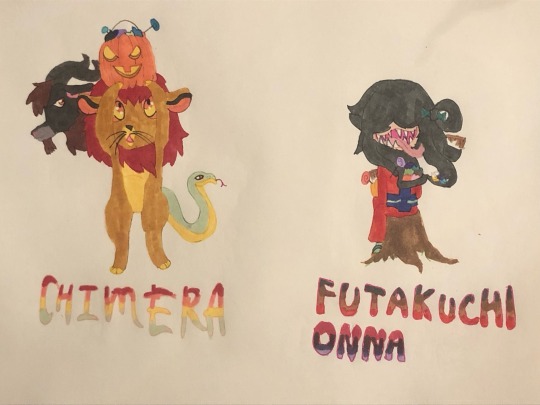
𝒞𝒽𝒾𝓂ℯ𝓇𝒶 -It brings to mind a monster with the head of a goat and a lion. Instead of a tail, it has a protruding snake. There is a genetic term that was created from this mixed beast.
ᶠᵘᵗᵃᵏᵘᶜʰⁱ ᵒⁿⁿᵃ ⁻ They are characterized by their two mouths – a normal one located on her face and a second one on the back of the head beneath the hair. Her mouth can spit fire, lasers, tornados, and much more.
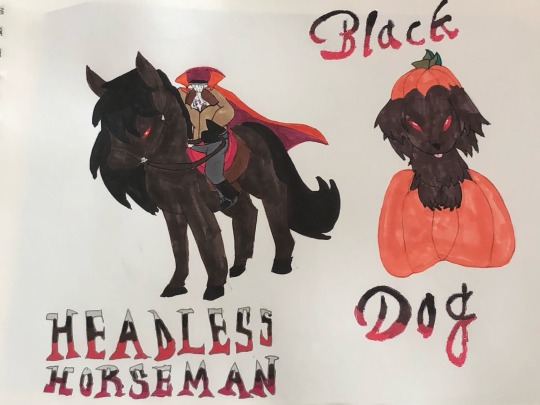
𝐇𝐞𝐚𝐝𝐥𝐞𝐬𝐬 𝐡𝐨𝐫𝐬𝐞𝐦𝐚𝐧 - The story goes that the Headless Horseman is the ghost of a Hessian soldier who was decapitated by canon fire during the Revolutionary War. It was subsequently taken by the Sisterhood of the Radiant Heart to prevent the Horseman of Death from regaining it and summoning the other three horsemen.
𝖡𝗅𝖺𝖼𝗄 𝖽𝗈𝗀 - is a black dog and death omen of Northern England that haunts solitary ways and also takes the form of a horse, mule and cow. Black Dogs are often associated with crossroads, ancient trackways, and places of execution especially as a gallows or gibbet was often placed at a crossroads

𝒟𝓇𝒶ℊℴ𝓃 - Potent and prominent symbol of royalty and good luck. Nidhogg, from Norse mythology, was destined to survive even the end of the world. Dragons made appropriate emblems for the stars mapped by Arabic astronomers.
𝐁𝐞𝐞𝐥𝐳𝐞𝐛𝐮𝐛 - as one of the seven deadly demons or seven princes of Hell, Beelzebub representing gluttony and envy. Beelzebub uses this rare magic attribute to manipulate space.
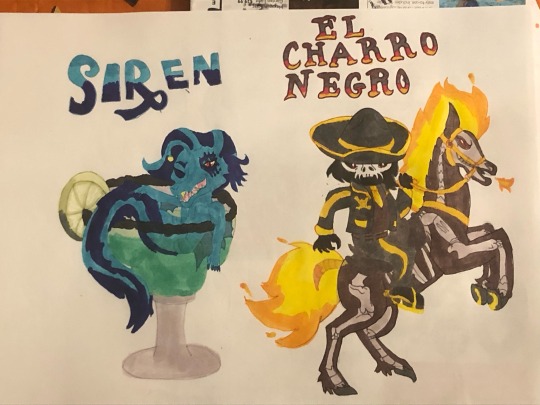
𝒮𝒾𝓇ℯ𝓃 - in Greek mythology, a creature half bird and half woman who lured sailors to destruction by the sweetness of her song. Sometimes a Siren will fall in love with a human. However, the land and sea are two different worlds. Tales of mermaids who tried to overcome this great divide usually end in sadness and heartbreak.
ℰ𝓁 𝒸𝒽𝒶𝓇𝓇ℴ 𝓃ℯℊ𝓇ℴ -Robert Butler was born in Pine Bluff, Arkansas, on October 14, 1937. Butler Was born into a poor Black family trying to make ends meet in the segregated South. According to the story, the man tried to escape from his debt on his horse and with a bag full of gold coins so that the Devil would not take it from him; however, he was caught and from then on he was condemned to wander in the bones and dressed as a charro collecting from the Devil's debtors.
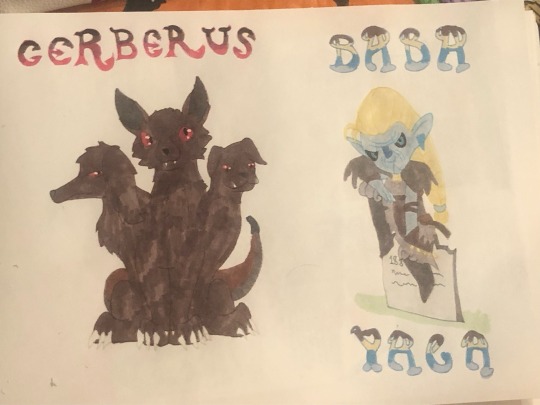
Cerberus - Cerberus was a vicious beast that guarded the entrance to Hades and kept the living from entering the world of the dead. Cerberus is a hellhound that lives in the House of Lamentation's underground tomb and only obeys Lucifer.
𝐁𝐚𝐛𝐚 𝐲𝐚𝐠𝐚 - is a voracious and deformed crone who kidnaps her victims before cooking and eating them. Living in the forest in a hut that stands and moves on chicken legs, she travels in a mortar with a pestle and sweeps away her tracks with a broom.

ℋ𝒶𝓁𝓁ℴ𝓌ℯℯ𝓃 - the Halloween holiday has its roots in the ancient Celtic festival of Samhain. All Saints' Day, also called All Hallows' Day, Hallowmas, or Feast of All Saints, in the Christian church, a day commemorating all the saints of the church, both known and unknown, who have attained heaven.
#my art style#my ocs#halloween#chimera#futakuchi onna#japanese yokai#headless horseman#black dog#dragon#dragonette#beelzebub#helluva boss#siren#el charro negro#eel demon#cerberus#baba yaga#legend quest#halloween art#pokemon#sobble#eevee#shinx#costume#mafia#fox spirit#pikachu
5 notes
·
View notes
Text
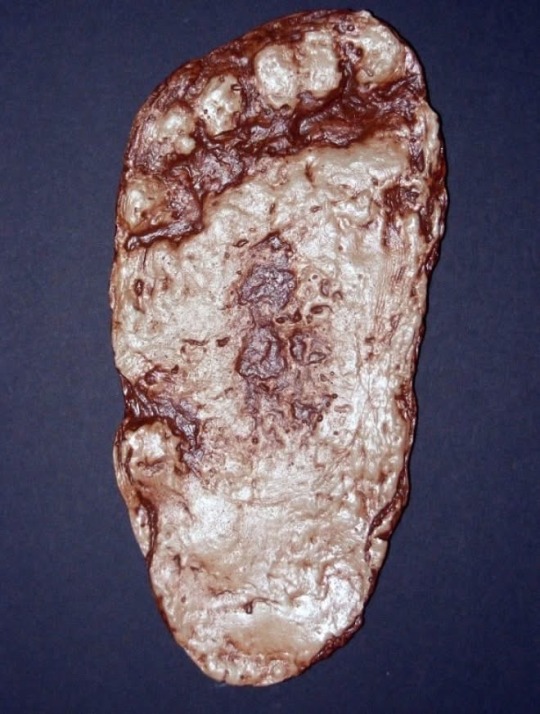
In the dusty plains of northern Tanzania, a snapshot of prehistoric life was miraculously frozen in time—etched not on stone or bone, but in a trail of footprints preserved in volcanic ash. Known as the Laetoli Footprints, this trackway is one of the most extraordinary discoveries in paleoanthropology, capturing the moment two—possibly three—ancient hominins walked side by side nearly 3.7 million years ago. Preserved by the eruption of a nearby volcano and later buried beneath layers of sediment, these prints offer the earliest direct evidence of upright walking by early human ancestors.
Unearthed in 1978 by Mary Leakey and her team, the Laetoli site sent shockwaves through the scientific world. These footprints belonged to *Australopithecus afarensis*, the same species as the famous "Lucy" fossil. What makes them so astonishing is their striking similarity to our own: a deep heel impression, an arch, and aligned toes—clear signs of bipedal locomotion. This moment captured in ash shows that our ancestors were walking upright millions of years before the emergence of *Homo sapiens*.
Beyond their anatomical implications, the Laetoli Footprints whisper a quiet story about life in deep time. The stride, size, and spacing suggest an adult and a juvenile moving together—perhaps a parent and child on a routine journey, unaware that each step would become a time capsule of humanity's origins. It’s humbling to think that what began as a simple walk across soft ash would eventually redefine our understanding of when—and how—our ancestors first stood tall and walked the Earth.
1 note
·
View note